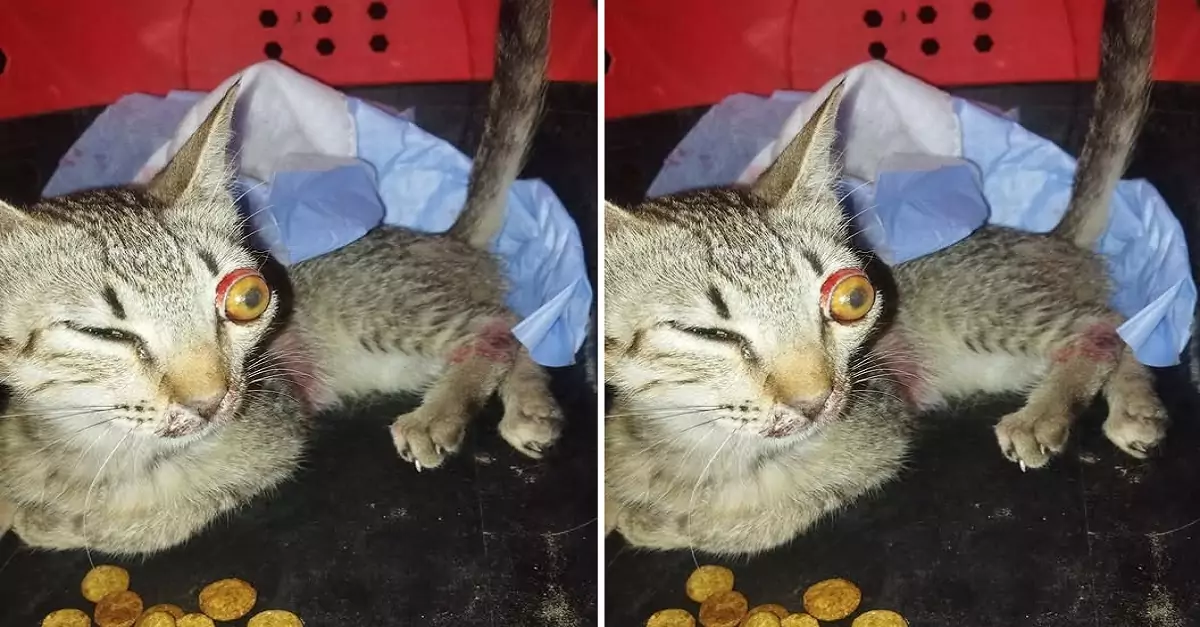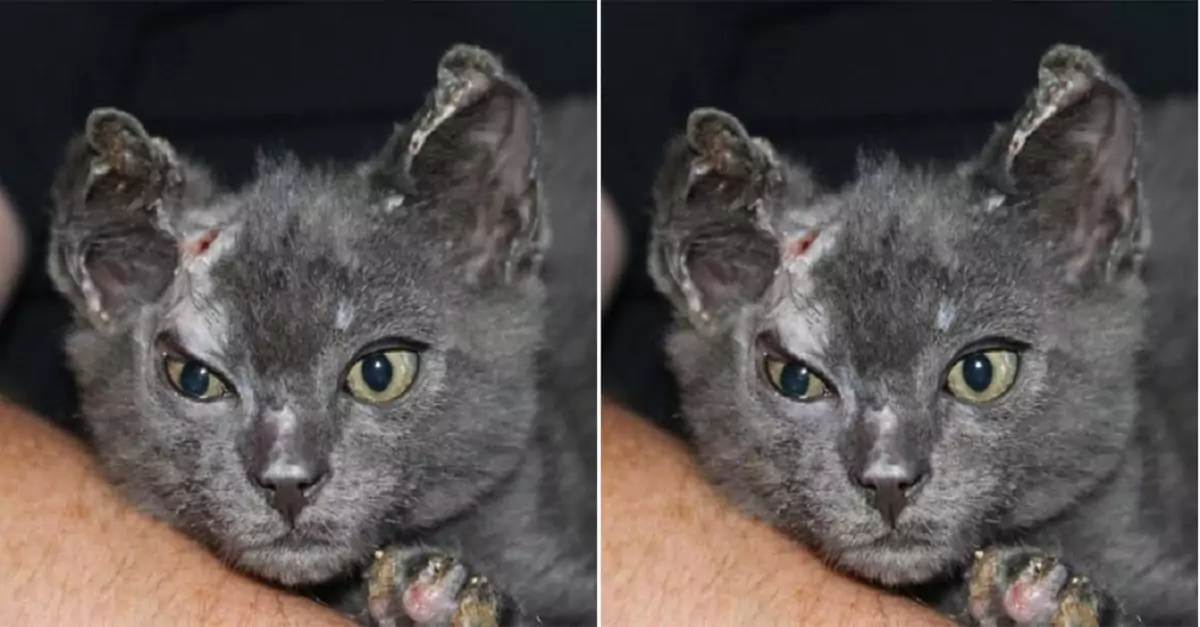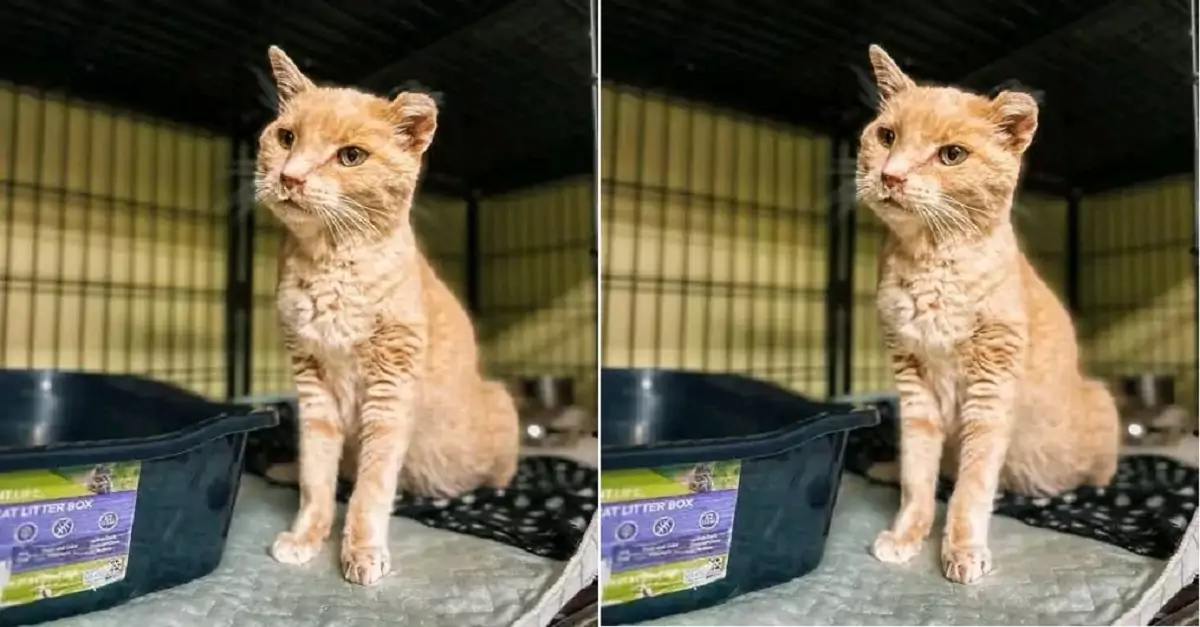Bringing a new cat into a home with an existing feline resident can be a nerve-wracking experience. After all, our furry companions often see their territory as their own domain, and the arrival of a newcomer might disrupt their sense of security. Luckily, stories like Ruby and Dallas’ heartwarming welcome offer a glimpse into the possibility of a smooth introduction. However, for most pet owners, achieving such feline harmony requires careful planning and a slow approach. This guide will equip you with the knowledge and steps necessary to introduce your resident cat to a new pet, ensuring a positive and stress-free experience for everyone involved.
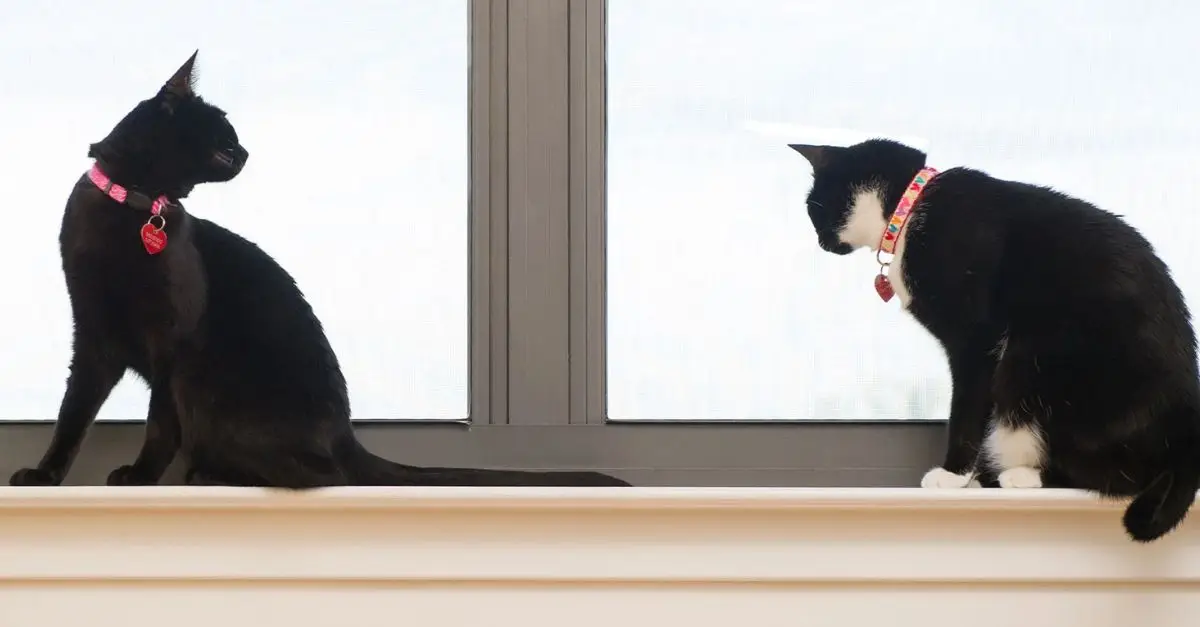
The Cat Welcomes Fiancée’s Pet, Gives New Sibling a Tour
Taking it slow: The gradual introduction process
The key to a successful introduction lies in prioritizing a gradual process that allows both cats to adjust to each other’s presence at their own pace. The Humane Society emphasizes the importance of slowness, highlighting that a drawn-out introduction significantly increases the odds of a successful integration.
Here’s a breakdown of the steps involved in this gradual introduction:
-
Separate Rooms, Shared Scents: Begin by setting up separate rooms for each cat. This allows them to get accustomed to their new surroundings and adjust to the other cat’s presence nearby. To further facilitate scent swapping, switch out the cats’ bedding so they can familiarize themselves with each other’s smells.
-
Sightseeing with a Barrier: Once both cats appear calm and comfortable in their separate spaces, it’s time for a carefully controlled introduction. Use a baby gate or a securely closed door to create a barrier that allows the cats to see each other without physical contact. During this time, provide them with their favorite treats or meals near the barrier. This positive reinforcement helps associate the other cat’s presence with something enjoyable.
-
Supervised Playtime: After observing calmness and a lack of stress signals in both cats, you can introduce supervised playtime. Keep a close eye on their interactions and separate them immediately if any hissing, swatting, or growling occurs. The playtime sessions should be short initially and gradually increase in duration as the cats become more comfortable with each other.
-
Patience is Key: The Humane Society recommends continuing supervised play sessions for days or even weeks until both cats consistently exhibit positive body language and zero signs of stress. Remember, slow and steady wins the race!
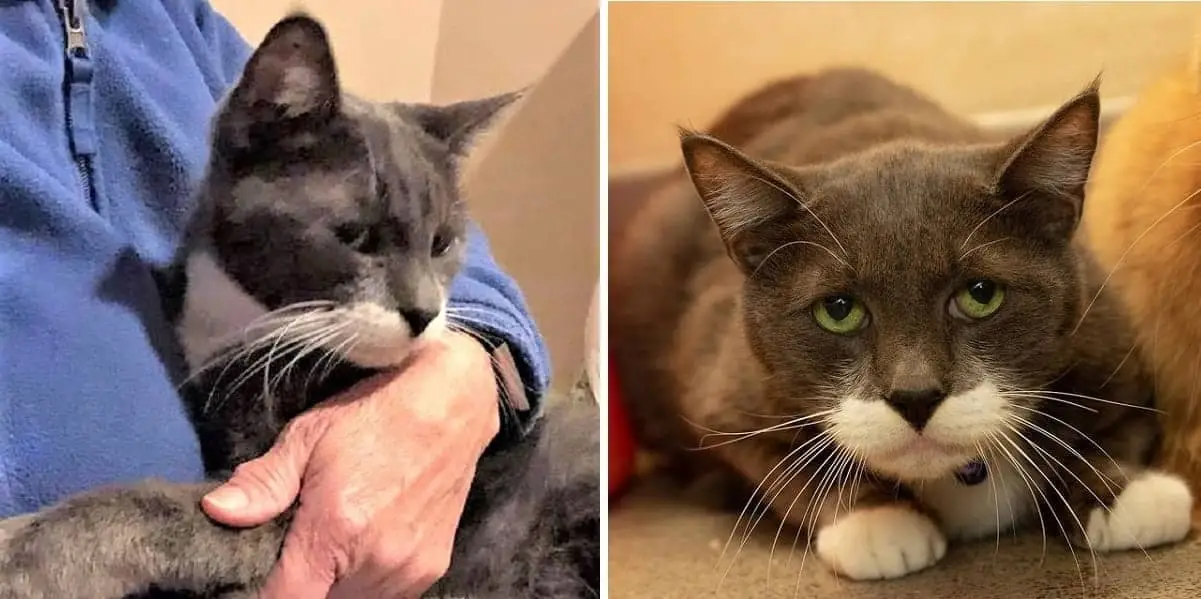
Taking it slow: The gradual introduction process
Maintaining harmony: Living with multiple cats
Even after a successful introduction, maintaining a peaceful multi-cat household requires ongoing effort. The Humane Society offers valuable tips to ensure continued feline harmony:
-
Resource Abundance: Provide enough resources for each cat to avoid competition. This includes separate food and water bowls, litter boxes, scratching posts, hiding spots, and comfortable sleeping areas.
-
Equal Attention: Shower both cats with love and attention to prevent feelings of neglect. Schedule individual playtime sessions with each cat and ensure they both receive sufficient petting and cuddles.
-
Respectful Introductions: If you plan on introducing additional pets in the future, repeat the gradual introduction process outlined above. Remember, patience and a stress-free environment are crucial for successful feline integration.
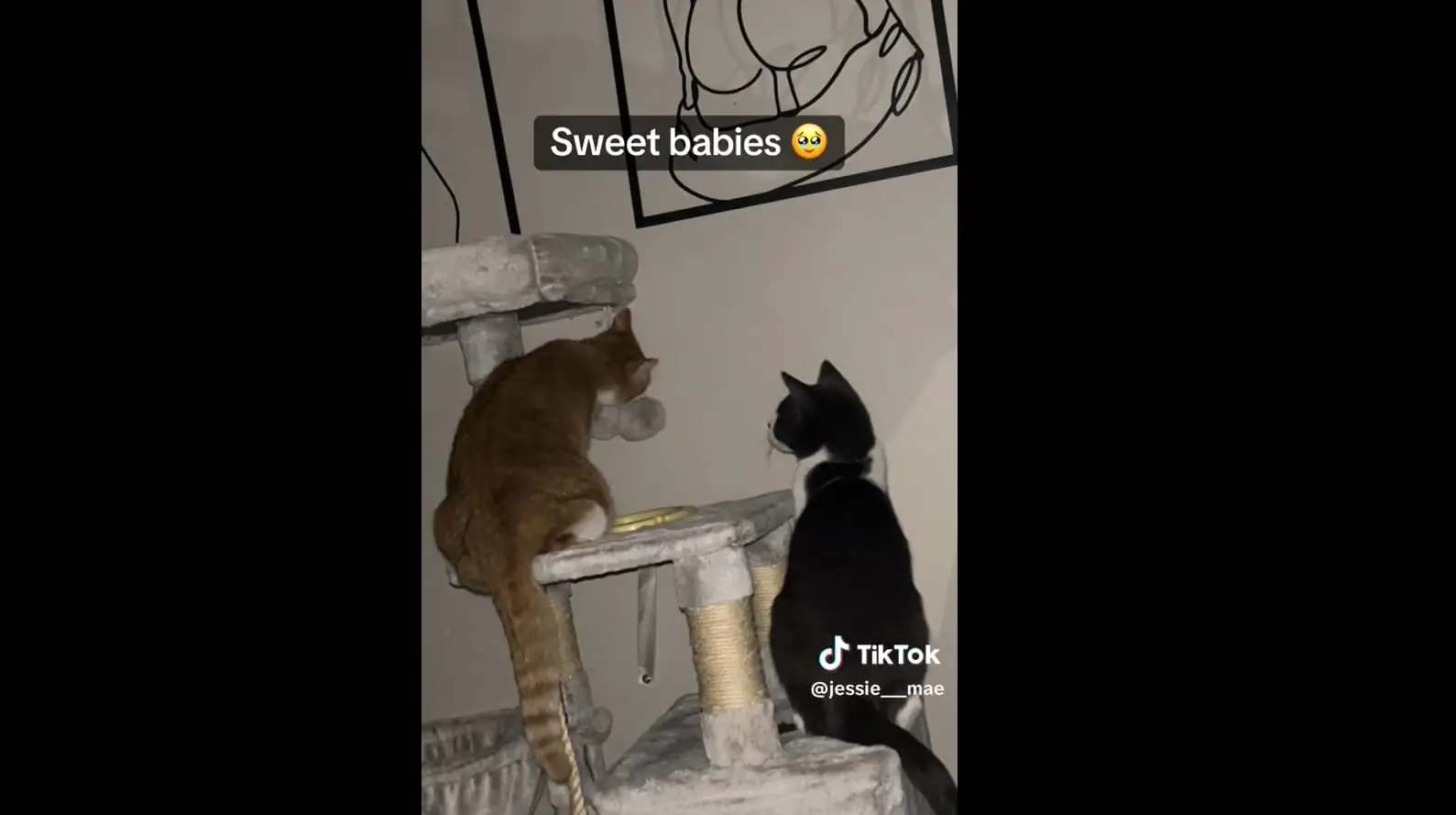
Maintaining harmony: Living with multiple cats
By following these steps and prioritizing the well-being of your furry companions, you can create a harmonious home environment where both your resident cat and the new arrival can thrive. After all, who knows, your story might just be the next heartwarming viral sensation that melts hearts online!

